-
 Bitcoin
Bitcoin $105,185.0222
-2.35% -
 Ethereum
Ethereum $2,530.9127
-7.54% -
 Tether USDt
Tether USDt $1.0004
0.02% -
 XRP
XRP $2.1334
-4.79% -
 BNB
BNB $651.2884
-1.72% -
 Solana
Solana $145.3326
-7.75% -
 USDC
USDC $0.9997
-0.01% -
 Dogecoin
Dogecoin $0.1769
-5.64% -
 TRON
TRON $0.2693
-1.64% -
 Cardano
Cardano $0.6325
-7.03% -
 Hyperliquid
Hyperliquid $40.5973
-4.58% -
 Sui
Sui $3.0228
-9.21% -
 Chainlink
Chainlink $13.1589
-8.35% -
 Bitcoin Cash
Bitcoin Cash $433.5167
-0.81% -
 UNUS SED LEO
UNUS SED LEO $9.0344
1.96% -
 Avalanche
Avalanche $19.0874
-8.76% -
 Stellar
Stellar $0.2581
-5.56% -
 Toncoin
Toncoin $2.9795
-6.23% -
 Shiba Inu
Shiba Inu $0.0...01189
-5.12% -
 Hedera
Hedera $0.1556
-7.28% -
 Litecoin
Litecoin $84.5521
-4.68% -
 Polkadot
Polkadot $3.7768
-6.59% -
 Ethena USDe
Ethena USDe $1.0002
-0.02% -
 Monero
Monero $309.8669
-5.04% -
 Dai
Dai $0.9997
-0.02% -
 Bitget Token
Bitget Token $4.5091
-3.15% -
 Uniswap
Uniswap $7.4994
-5.08% -
 Pepe
Pepe $0.0...01080
-10.34% -
 Aave
Aave $282.7576
-6.18% -
 Pi
Pi $0.5644
-9.37%
BingX Contract Beginner Tutorial
Crypto derivatives contracts are financial instruments that derive their value from the underlying asset, such as cryptocurrencies, and represent an agreement between two parties to exchange an asset at a predetermined price in the future.
Nov 25, 2024 at 10:28 am

BingX Contract Beginner Tutorial
Welcome to the comprehensive BingX contract beginner tutorial, designed to empower aspiring traders with the foundational knowledge and guidance necessary to navigate the dynamic world of crypto derivatives trading. This tutorial will delve into the intricacies of contract trading, from the basics to advanced concepts, equipping you with the skills to make informed decisions and potentially maximize your trading profitability.
Step 1: Understanding Crypto Derivatives Contracts
What are Crypto Derivatives Contracts?
Crypto derivatives contracts are financial instruments that derive their value from the underlying asset, in this case, cryptocurrencies. These contracts represent an agreement between two parties to exchange an underlying asset at a predetermined price and date in the future. Unlike spot trading, where you directly buy or sell cryptocurrencies outright, contract trading involves speculating on the price fluctuations of these assets without actually owning them.
Step 2: Types of Contract Trading
1. Futures Contracts:
Futures contracts are standardized agreements that obligate the buyer to purchase or the seller to deliver a specific amount of an underlying asset at a set price on a specified future date. They provide a way to hedge against price risks, speculate on price movements, or lock in future prices for physical delivery.
2. Perpetual Contracts:
Perpetual contracts, also known as perpetual swaps, are similar to futures contracts, but they do not have a fixed expiry date. This allows traders to hold positions indefinitely and adjust their margins as needed. They aim to mimic the spot market price but with increased leverage and flexibility.
Step 3: Understanding Margin Trading
1. Leverage:
Margin trading involves trading with borrowed funds, amplifying your trading power and potential profits. However, it also magnifies potential losses. Leverage is expressed as a ratio, indicating the amount of funds you can borrow relative to your deposited margin.
2. Margin:
Margin refers to the minimum amount of funds required to maintain your leveraged position. It acts as a collateral to cover potential losses. Insufficient margin can lead to a margin call, forcing you to add more funds or liquidate your position.
Step 4: Placing Orders
1. Market Order:
A market order executes immediately at the best available market price. It provides instant order fulfillment but may result in price slippage, especially during high volatility.
2. Limit Order:
A limit order specifies a specific price at which you want to buy or sell a contract. It only gets executed if the market price reaches or surpasses the set limit price. Limit orders offer more control over the execution price but may not get filled promptly, particularly in fast-moving markets.
Step 5: Managing Risk
1. Stop-Loss Orders:
Stop-loss orders are designed to limit potential losses by automatically closing your position if the market price moves against you beyond a predefined trigger point. They help protect your capital from substantial drawdowns.
2. Taking Profit Orders:
Take-profit orders are used to secure profits by automatically closing your position when it reaches a target profit level. They allow you to lock in gains and avoid the potential of giving back profits due to market reversals.
Disclaimer:info@kdj.com
The information provided is not trading advice. kdj.com does not assume any responsibility for any investments made based on the information provided in this article. Cryptocurrencies are highly volatile and it is highly recommended that you invest with caution after thorough research!
If you believe that the content used on this website infringes your copyright, please contact us immediately (info@kdj.com) and we will delete it promptly.
- The Next Floki Inu? Why Arctic Pablo Coin ($APC) Could Be the Next Big Meme Coin
- 2025-06-14 02:50:12
- Top 3 Cryptocurrency Presales to Buy Now in 2025: Nexchain, WeWake Finance, and Aigent Network
- 2025-06-14 02:50:12
- 1976 Bicentennial Quarter Could Be Worth $2.5 Billion
- 2025-06-14 02:45:12
- Trove of 1,720 “Napoléons” gold coins discovered in a modest stone house
- 2025-06-14 02:45:12
- Ethereum (ETH) ETF Inflows Hit 4-Month Highs, BlackRock's iShares Ethereum Trust (ETHA) Dominates
- 2025-06-14 02:40:12
- Bitcoin Price (BTC Price) Fell Down to USD 1,08,000 Today
- 2025-06-14 02:40:12
Related knowledge
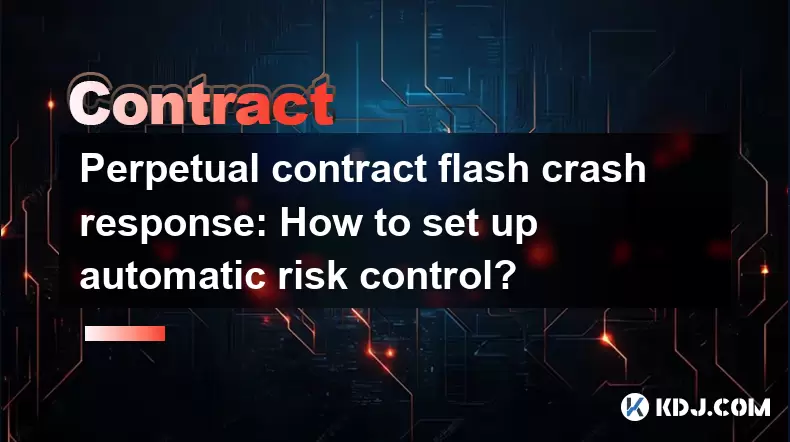
Perpetual contract flash crash response: How to set up automatic risk control?
Jun 13,2025 at 06:28pm
Understanding Perpetual Contract Flash CrashesA flash crash in the context of perpetual contracts refers to a sudden, sharp, and often short-lived drop or spike in price due to high volatility, thin order books, or algorithmic trading activities. These events can lead to massive liquidations across long or short positions on trading platforms. Traders m...
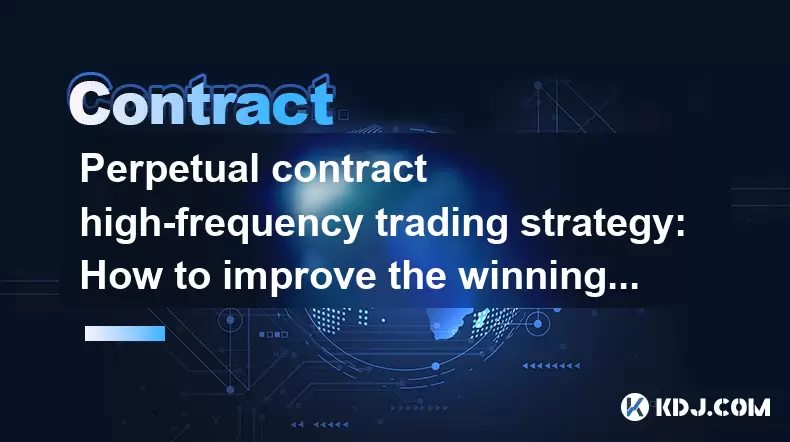
Perpetual contract high-frequency trading strategy: How to improve the winning rate of short-term brushing?
Jun 13,2025 at 04:14pm
Understanding the Basics of Perpetual ContractsPerpetual contracts are derivative financial instruments that allow traders to speculate on the price movement of an asset without owning it. Unlike traditional futures, perpetual contracts have no expiration date, making them ideal for short-term trading strategies like high-frequency trading (HFT). In the...
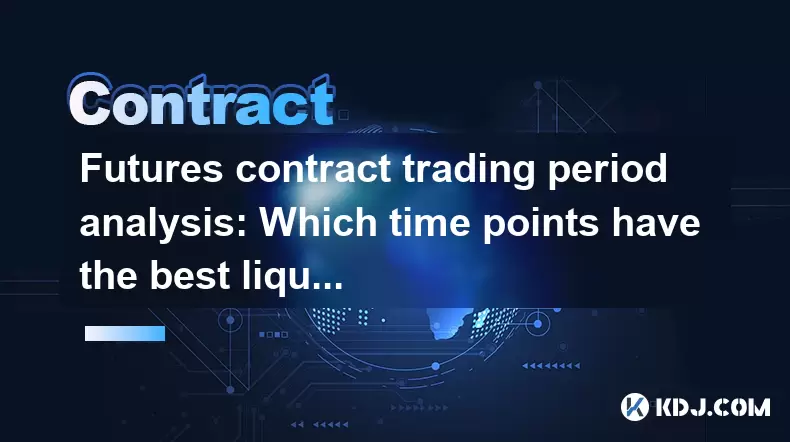
Futures contract trading period analysis: Which time points have the best liquidity?
Jun 14,2025 at 02:35am
Understanding Futures Contract Trading PeriodsIn the world of cryptocurrency trading, futures contract trading has become a dominant form of derivative trading. Unlike spot trading, futures contracts allow traders to speculate on the future price of an asset without owning it. The trading period of a futures contract typically includes several phases: p...
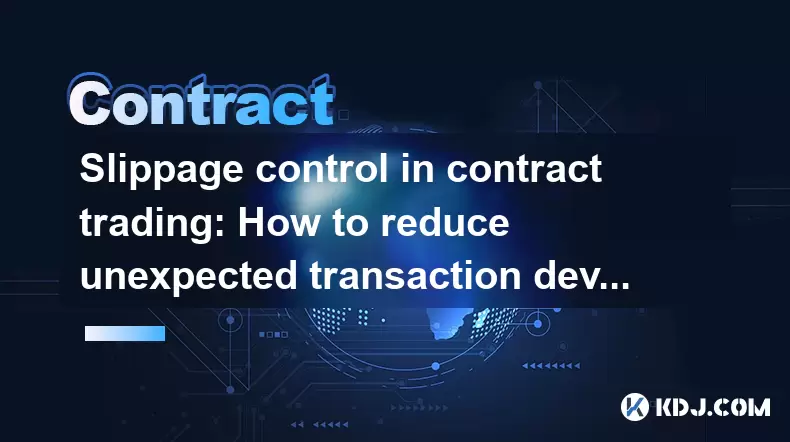
Slippage control in contract trading: How to reduce unexpected transaction deviations?
Jun 13,2025 at 03:00pm
Understanding the Role of Blockchain Explorers in CryptocurrencyIn the world of cryptocurrency, blockchain explorers serve as essential tools for users to verify transactions and track wallet activity. These platforms function like search engines specifically designed for blockchain networks. Whether you're sending or receiving digital assets, using a b...
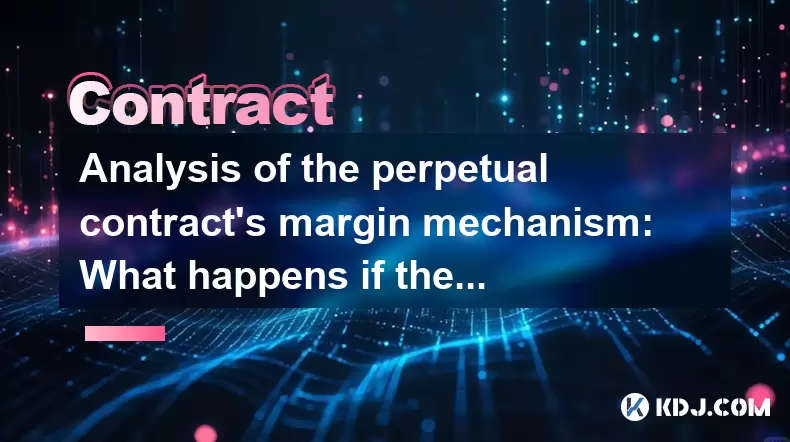
Analysis of the perpetual contract's margin mechanism: What happens if the loss exceeds the margin?
Jun 13,2025 at 03:50pm
Understanding the Basics of Margin in Perpetual ContractsIn the world of cryptocurrency trading, perpetual contracts have become a popular instrument for both novice and experienced traders. Unlike traditional futures contracts, perpetual contracts do not have an expiration date, allowing traders to hold positions indefinitely as long as they maintain s...
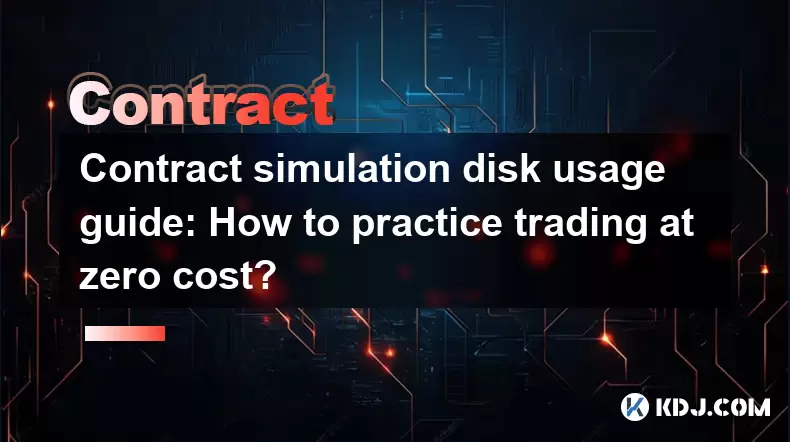
Contract simulation disk usage guide: How to practice trading at zero cost?
Jun 13,2025 at 02:42pm
What is a Contract Simulation Disk?A contract simulation disk, commonly known as a demo trading platform or paper trading environment, allows users to engage in cryptocurrency futures and options trading without using real funds. This feature is particularly popular among beginners who want to gain hands-on experience in the volatile crypto derivatives ...

Perpetual contract flash crash response: How to set up automatic risk control?
Jun 13,2025 at 06:28pm
Understanding Perpetual Contract Flash CrashesA flash crash in the context of perpetual contracts refers to a sudden, sharp, and often short-lived drop or spike in price due to high volatility, thin order books, or algorithmic trading activities. These events can lead to massive liquidations across long or short positions on trading platforms. Traders m...

Perpetual contract high-frequency trading strategy: How to improve the winning rate of short-term brushing?
Jun 13,2025 at 04:14pm
Understanding the Basics of Perpetual ContractsPerpetual contracts are derivative financial instruments that allow traders to speculate on the price movement of an asset without owning it. Unlike traditional futures, perpetual contracts have no expiration date, making them ideal for short-term trading strategies like high-frequency trading (HFT). In the...

Futures contract trading period analysis: Which time points have the best liquidity?
Jun 14,2025 at 02:35am
Understanding Futures Contract Trading PeriodsIn the world of cryptocurrency trading, futures contract trading has become a dominant form of derivative trading. Unlike spot trading, futures contracts allow traders to speculate on the future price of an asset without owning it. The trading period of a futures contract typically includes several phases: p...

Slippage control in contract trading: How to reduce unexpected transaction deviations?
Jun 13,2025 at 03:00pm
Understanding the Role of Blockchain Explorers in CryptocurrencyIn the world of cryptocurrency, blockchain explorers serve as essential tools for users to verify transactions and track wallet activity. These platforms function like search engines specifically designed for blockchain networks. Whether you're sending or receiving digital assets, using a b...

Analysis of the perpetual contract's margin mechanism: What happens if the loss exceeds the margin?
Jun 13,2025 at 03:50pm
Understanding the Basics of Margin in Perpetual ContractsIn the world of cryptocurrency trading, perpetual contracts have become a popular instrument for both novice and experienced traders. Unlike traditional futures contracts, perpetual contracts do not have an expiration date, allowing traders to hold positions indefinitely as long as they maintain s...

Contract simulation disk usage guide: How to practice trading at zero cost?
Jun 13,2025 at 02:42pm
What is a Contract Simulation Disk?A contract simulation disk, commonly known as a demo trading platform or paper trading environment, allows users to engage in cryptocurrency futures and options trading without using real funds. This feature is particularly popular among beginners who want to gain hands-on experience in the volatile crypto derivatives ...
See all articles

























































































